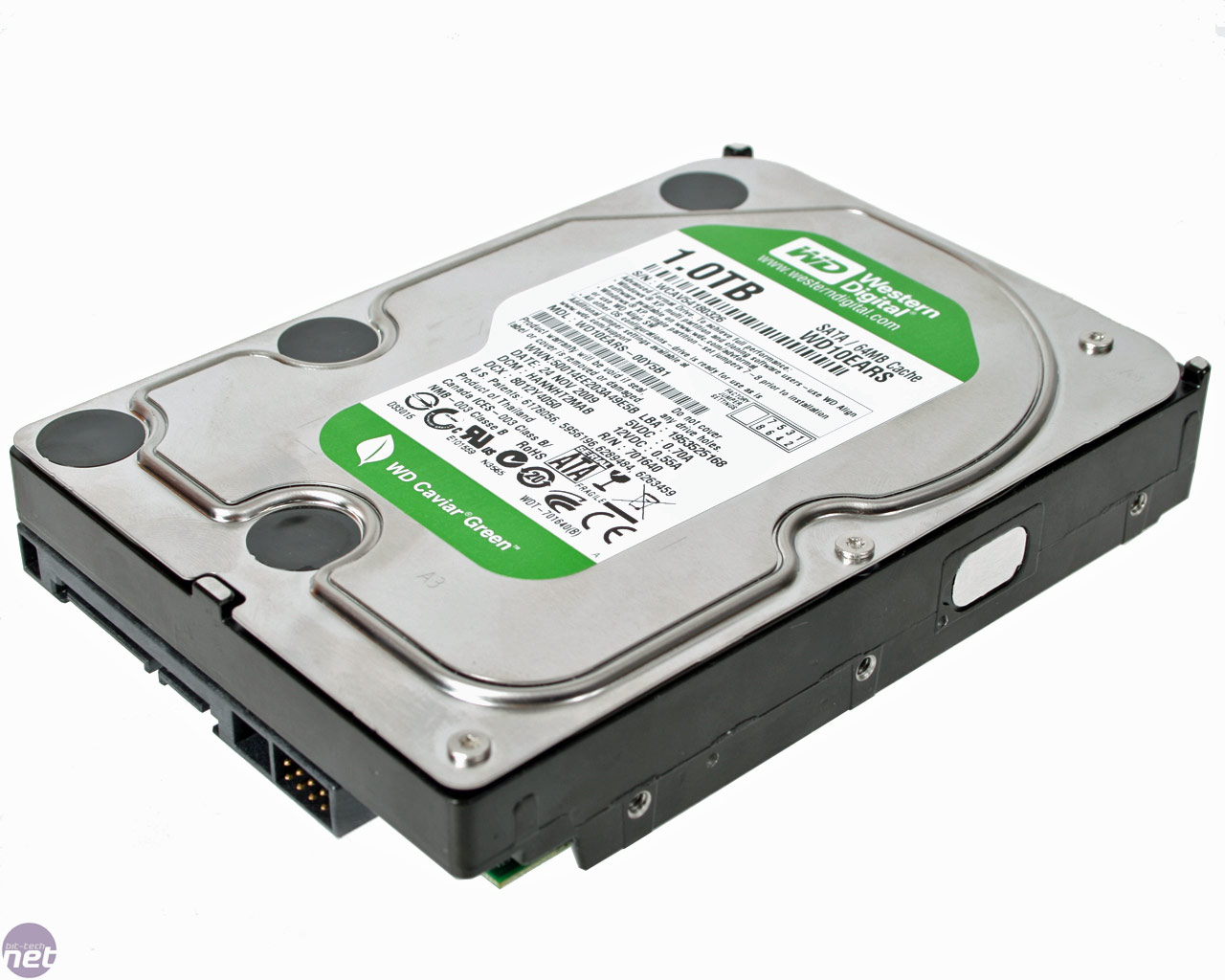The Storage Device
storage devices are essential for storing, retrieving, and managing data over the long term. They play a central role in enabling users to save and access their digital content, applications, and system files.

Data Storage:
Their primary function is to store a wide range of digital data, including the operating system, software, documents, photos, videos, and more.
Data Retrieval:
They allow the computer to access stored data when needed, retrieving it for use by the CPU and other components.p>
Persistent Storage:
Unlike RAM, storage devices retain data even when the computer is turned off, making them suitable for long-term data storage.
Boot Drive:
The operating system is often installed on a storage device, enabling the computer to boot up and run.
File Management:
Storage devices provide a hierarchical file system that organizes and manages files and directories, making it easy for users to locate and use their data.
Data Backup:
Users can create backups of their important data on storage devices to prevent data loss in case of hardware failure or accidental deletion.
Data Transfer:
Storage devices facilitate the transfer of data between computers and external storage media, such as USB drives.
Performance Impact:
The type of storage device (HDD or SSD) can significantly impact a computer's performance, with SSDs offering faster data access and quicker boot times compared to HDDs.
Storage Capacity:
Different storage devices come with varying capacities, allowing users to choose storage sizes that suit their needs, from small capacities for lightweight use to large capacities for heavy data storage.